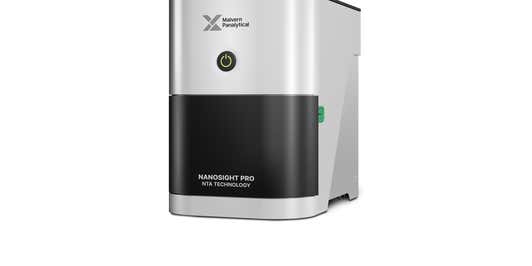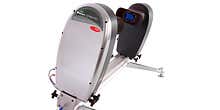
Realize a future of safe, stable and life-changing vaccines – made possible with our world-leading tools.
What’s stopping your vaccine from changing the world?
Innovation in vaccine development and production is moving at speed. However, developing novel vaccines is uniquely challenging.
Do you recognize these challenges?
- Staying ahead of the competition, especially when 3rd generation vaccines receive ever-higher levels of investment
- Implementing appropriate methods and analytical tools to create consistent, safe and efficacious vaccine products
- Staying compliant with constantly evolving, ceaselessly changing regulatory guidelines
- Finding the efficiencies, people, and resources to develop innovative products and processes
- Successfully transferring new discoveries to scale-up and manufacturing
- Keeping up to date with the latest technology and approaches
More than just analytical instruments
Whatever approach you are taking to vaccine development, we can help you implement the characterization tools and know-how you need to bring your life-changing vaccines to the world.
From material characterization to vaccine manufacturing and quality control – we can help you overcome your challenges:
- Our experienced scientists can act as a flexible extension to your team – if you’re facing a challenge with your program then chances are, our team has faced it before
- Once we’ve identified the right methods, we provide development services to overcome your specific challenges in the most efficient way
- Our approach bridges the physicochemical characterization, expertise, bandwidth or technology gaps in your organization.
- Our physicochemical characterization solutions have applications across numerous stages of vaccine development, from fundamental research to manufacturing and production
- We help you develop reliable, repeatable techniques that improve the efficiency of your workflows (without you having to break a sweat)
- Access training and support to upskill your team and quickly realize the full value of your investment in the analytical technology
Are you ready to combine next-level analytical tools with decades-long experience to help drive forward the next wave of vaccine products?
Featured content

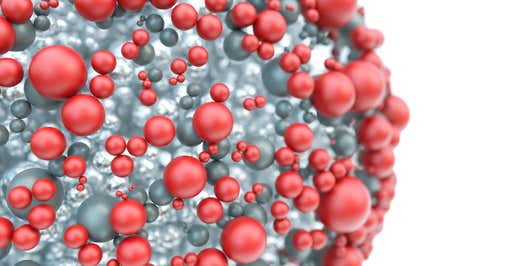
Dynamic and Electrophoretic Light Scattering and Their Use in Lipid Nanoparticle and Liposome Research
Differential scanning calorimetry: your guide to analyzing proteins for vaccine stability
Featured solutions
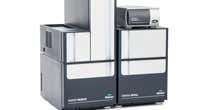
OMNISEC
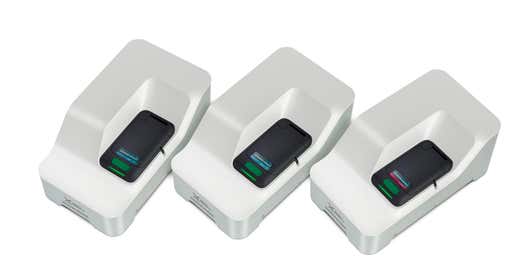
Zetasizer Advance Range

MicroCal DSC range
Want to know more? Take a look at our tools and resources to support your vaccine development:
Thermal stability
| Sample homogeneity
| Viral titer
|
Colloidal stability
| Particle concentration
| Recombinant protein candidate selection and stability prediction
|
Adjuvant selection and suitability
| Polysaccharide composition
| Got a question?
Contact us |
Thermal stability
Differential Scanning Calorimetry (DSC) enables understanding and monitoring of the higher-order structure (HOS) and thermal stability of proteins at every stage of virus-based vaccine development, and during process development for recombinant products. DSC is also used to understand the thermal stability of liposomes used as carriers in nucleic acid-based vaccines.
Featured products and content

MicroCal DSC range

Focus on Vaccines 1: Characterizing a protein antigen
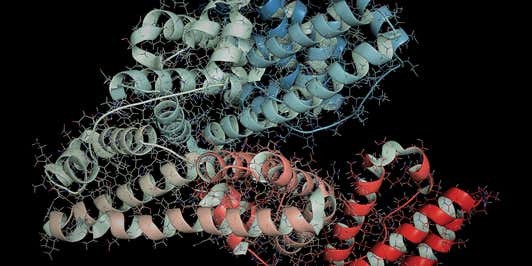
Focus on Pharma: Biophysical Characterization of an RSV Antigen at Low Temperatures
Sample homogeneity
Dynamic Light Scattering and laser diffraction have wide-ranging application for the measurement of particle size and size distribution, to detect the presence of aggregates and ensure sample homogeneity in the development of vaccines of all types.
Featured products and content
Zetasizer Ultra Masterclass 1: Why do I see large %CV in my particle concentration measurements?
Introduction to particle size characterization methods and specifically on Dynamic Light Scattering
Virus, Vaccine, and VLP characterization with NTA
Colloidal stability

Zetasizer Advance Range
Light Scattering for every application
Electrophoretic light scattering is used in the characterization and formulation development of products such as mRNA vaccines that use virus-like particles (VLPs), liposomes and other nanoparticles as carriers, to determine size and colloidal stability.
Particle concentration
Particle concentration is critical when using carriers such as VLPs, liposomes and other nanoparticles. Nanoparticle Tracking Analysis and Multi-Angle Dynamic Light Scattering are used to measure particle concentration during characterization and formulation development stages.

Focus on Vaccines 4/4: Vaccine and VLP characterization
Recombinant protein candidate selection and stability prediction
Differential Scanning Calorimetry is a fundamental tool for characterizing proteins and plays a key role in the understanding of protein stability under various conditions. Dynamic Light Scattering is used to investigate and predict protein stability and to provide stability-indicating data that is used throughout development.

MicroCal DSC range
Value of DSC in characterization and optimization of protein stability as compared to other thermal stability assays
A Buyer's Guide to Stability Measurement Platforms for Biopharmaceuticals

Differential scanning calorimetry: Robust and powerful physical characterization of therapeutic protein products
Adjuvant selection and suitability
New technologies to improve the understanding of bioformulation stability
Many vaccines require the presence of an adjuvant in the formulation to ensure an effective immune response. Depending on the vaccine type, Electrophoretic Light Scattering, laser diffraction, Nanoparticle Tracking Analysis and Differential Scanning Calorimetry all have roles in optimizing formulation with adjuvants.
Polysaccharide composition
Size Exclusion Chromatography with advanced detection aids in the compositional analysis of the protein and polysaccharide content of polysaccharide-conjugate vaccines during process development and manufacturing.
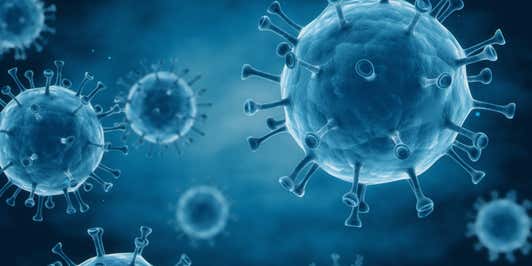
Delving Deeper Into AAV Attributes: Enhanced Characterization Using Multiple Technologies
How Size Exclusion Chromatography can improve processes and quality in biopharmaceutical development
Multi-detector GPC/SEC analysis of polysaccharides using OMNISEC
Are you ready to overcome your vaccine characterization challenges?
Whatever characterization challenges you are facing, chances are we’ve worked with a team just like yours and helped them implement the technology and methods needed to make safe and effective vaccines.
To find out how our team of experts can help you overcome your challenges, contact us today.


